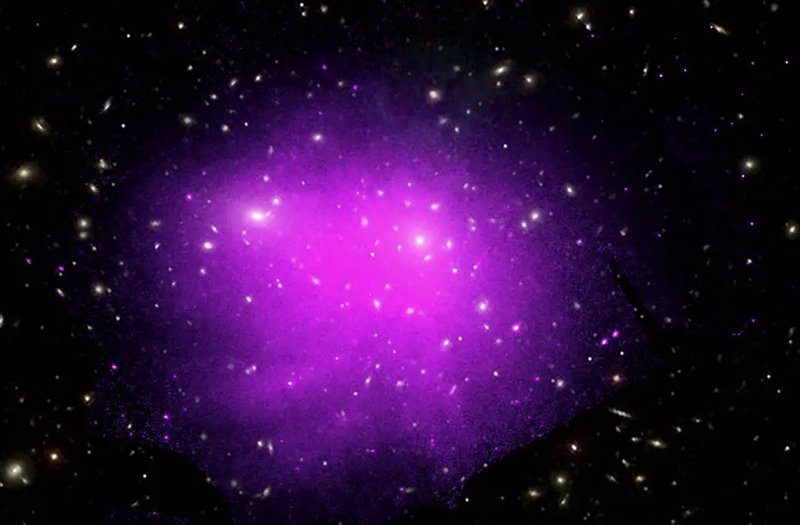Photons, neutrinos, cosmic rays and gravitational waves all carry information about the Universe. Multi-messenger astronomy brings together these four signals to investigate astronomical events from multiple cosmic perspectives.
Tag: Legacy Survey of Space and Time
La visión incomparable del Observatorio Rubin revolucionará la astronomía
Fotones, neutrinos, rayos cósmicos y ondas gravitacionales son los cuatro mensajeros que portan información crucial sobre las características del Universo y que permiten investigar los fenómenos astronómicos desde múltiples perspectivas cósmicas. Gracias a su avanzada tecnología, la cámara del Observatorio Rubin va a incrementar la cantidad de fuentes de mensajeros múltiples que se conocen, para obtener datos detallados de eventos específicos, localizando estos sucesos para que otros telescopios puedan realizar seguimientos.
Instalan espejo secundario de forma exitosa en el Observatorio Rubin
El espejo secundario de 3,5 metros de diámetro fue recientemente instalado de forma exitosa en el Telescopio de Rastreo Simonyi del Observatorio Vera C. Rubin, que se ubica en el Cerro Pachón, en la Región de Coquimbo, Chile. El vidrio del espejo, que fue construido por la compañía Corning Advanced Optics y pulido por la empresa L3Harris Technologies, es el primer componente permanente del sistema óptico de última generación que se instala en el telescopio, el que muy pronto ayudará a tener una mejor comprensión de nuestro Universo.
NSF–DOE Rubin Observatory’s Secondary Mirror Installed
Vera C. Rubin Observatory’s 3.5-meter secondary mirror has been installed on the Simonyi Survey Telescope on Cerro Pachón in Chile.
The Largest Digital Camera Ever Built for Astronomy Makes Its Debut
On screensaver mode, smart TVs often rotate through photos of natural wonders, from waterfalls to canyons. Now imagine hundreds of those televisions, with one single image spread out among them.

Testing the Evolution of the Universe with Galaxy Clusters
100 billion – there are at least that many stars in our Milky Way. It seems like an unimaginable number. Yet astrophysicists study structures in our universe that are far bigger than galaxies alone.
Rubin Observatory will Inspire a New Era in Space Missions without Ever Leaving the Ground
Vera C. Rubin Observatory will help scientists identify intriguing targets to prioritize for future space missions by detecting millions of new Solar System objects, and by revealing — in more detail than we’ve ever seen — the broader context in which these objects exist.